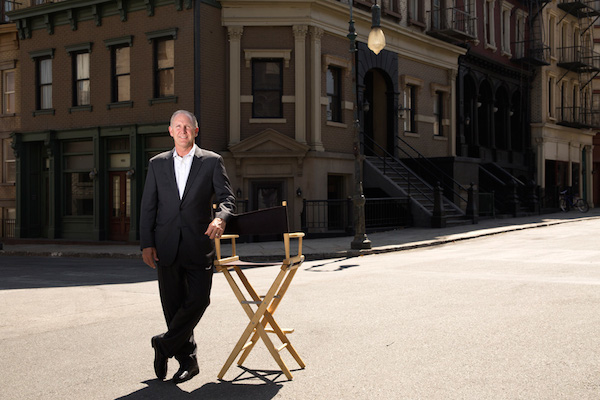
Dean Hallett played an instrumental role in Twentieth Century Fox’s digital debut. “I saw the business starting to evolve, as our business units were focused on developing a new digital marketplace,” he says. “I knew that we were going to have to modify our entire infrastructure.”
Coups are as common as cosmetic surgery in Hollywood, which is to say, they happen every day. One studio executive unseats another. A young celebrity outshines an old one. One movie swims at the box office; another one sinks. When DVD replaced VHS as the king of home entertainment in 1997, it wasn’t a question of if it would lose its throne; it was a question of when and to what.
Dean Hallett saw it coming. A former executive at The Walt Disney Studios, he joined Twentieth Century Fox in 2001 as executive vice president and CFO. When he was promoted to executive vice president of operations and strategy and CFO in 2005—the same year YouTube was launched, and a full five years before Apple introduced the iPad—he approached chairman and CEO Jim Gianopulos with his vision. “I saw the business starting to evolve,” says Hallett, who began his career in 1980 as a public accountant atErnst & Whinney. “Our business units were focused on developing a new digital marketplace, but there was little focus on the structural changes needed to support the new business models. I knew we were going to have to modify our entire infrastructure to support these changes. So, I went to dinner with Jim one night and said, ‘I think we need a digital-media management strategy.’”
Despite the advent of new technologies like DVD and Blu-ray, movie studios were producing and distributing their products in virtually the same way in 2005 as they had in 1985, when Blockbuster Video opened its first video rental store in Dallas: Film crews captured movies in analog format on 35-millimeter film. When the films were ready for release, studios made physical prints that were distributed to movie theaters. After a theatrical window of approximately 16.5 weeks, movies were released to the home-entertainment market for purchase or rental. Several months later, movies were licensed to subscription television services like HBO, ultimately ending up on broadcast television some two years after their theatrical release.
